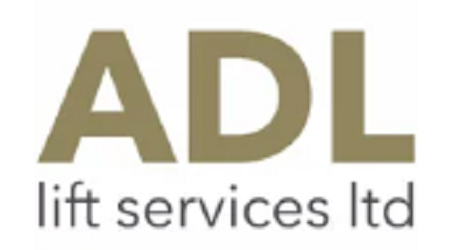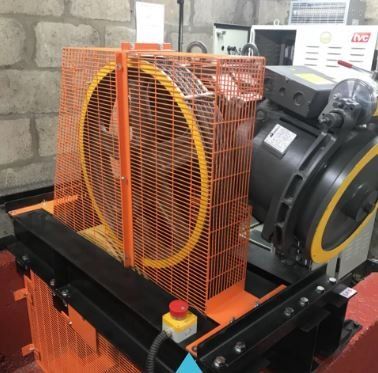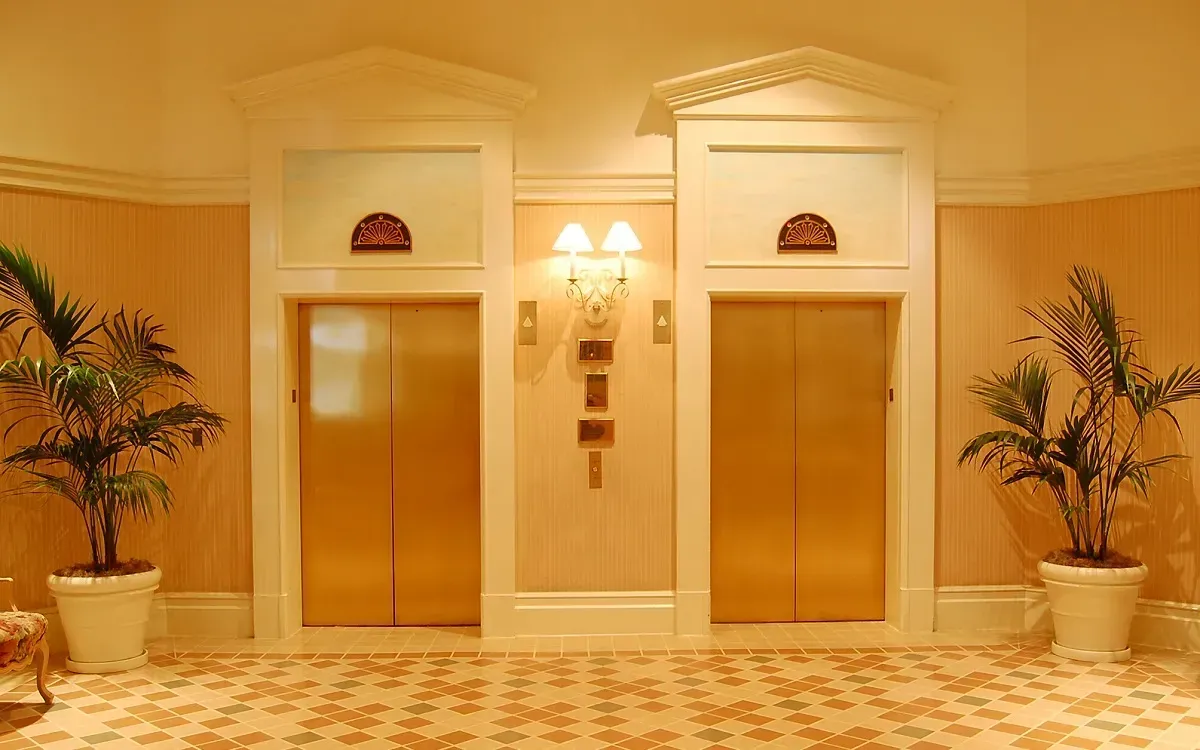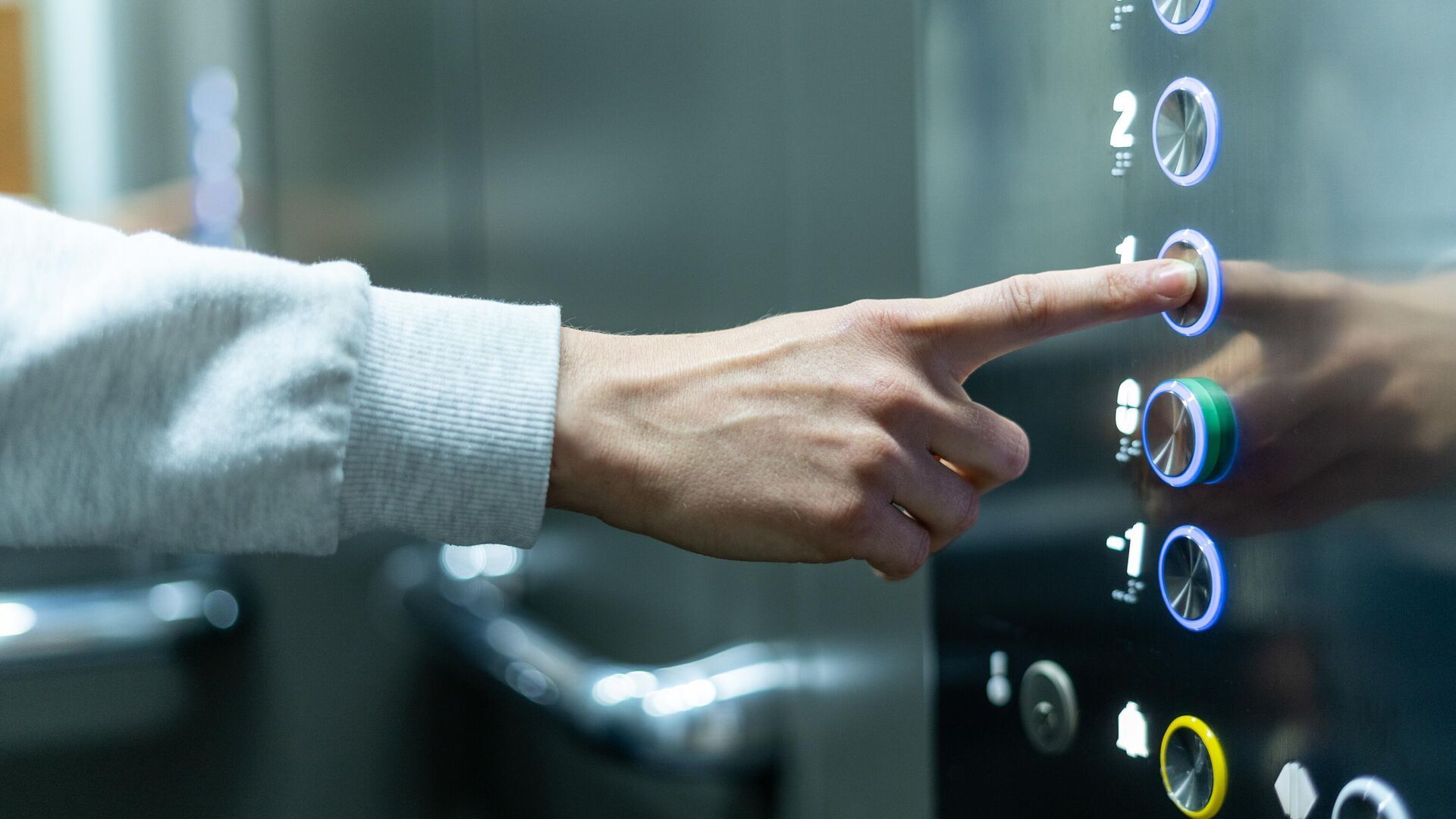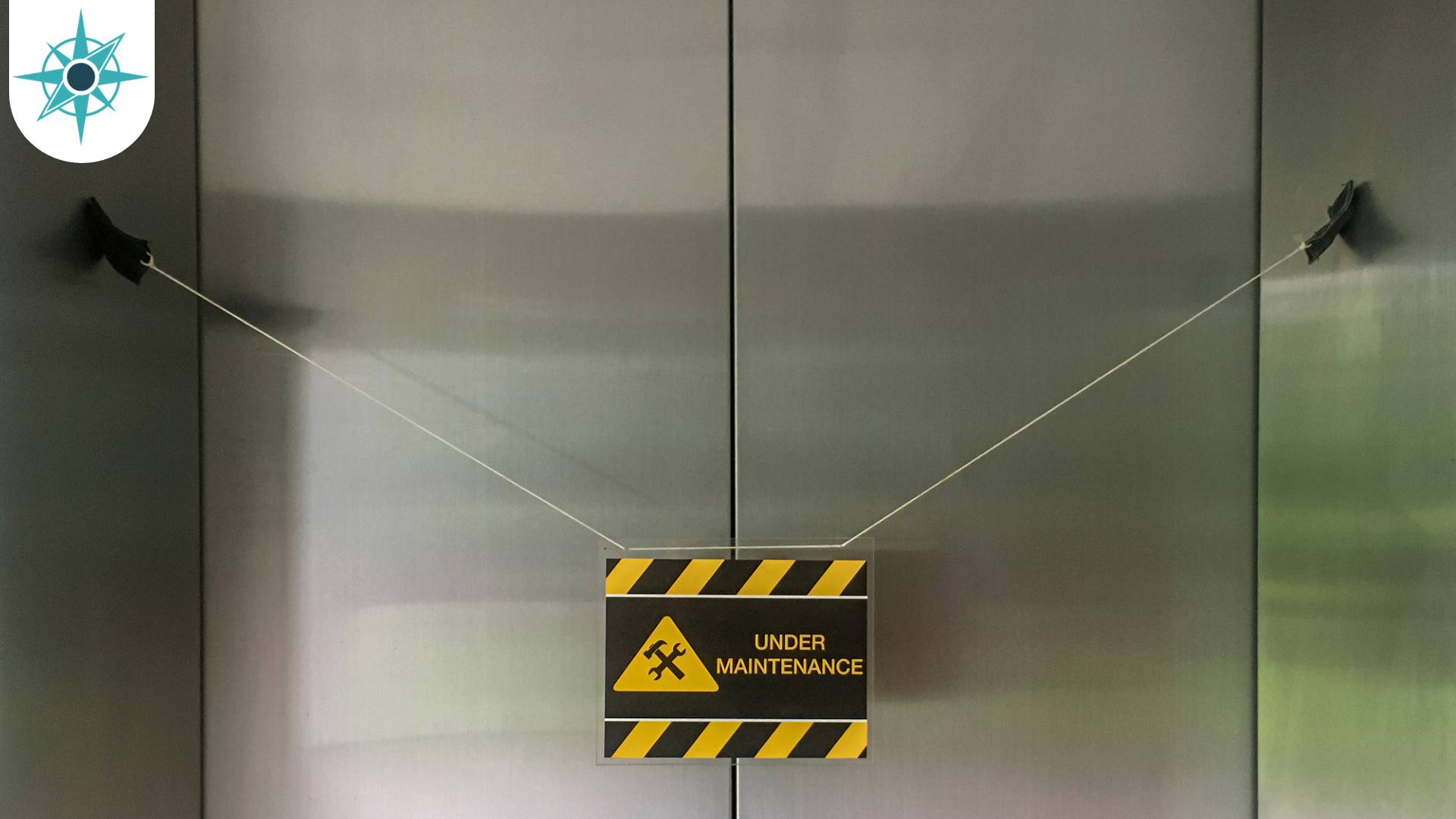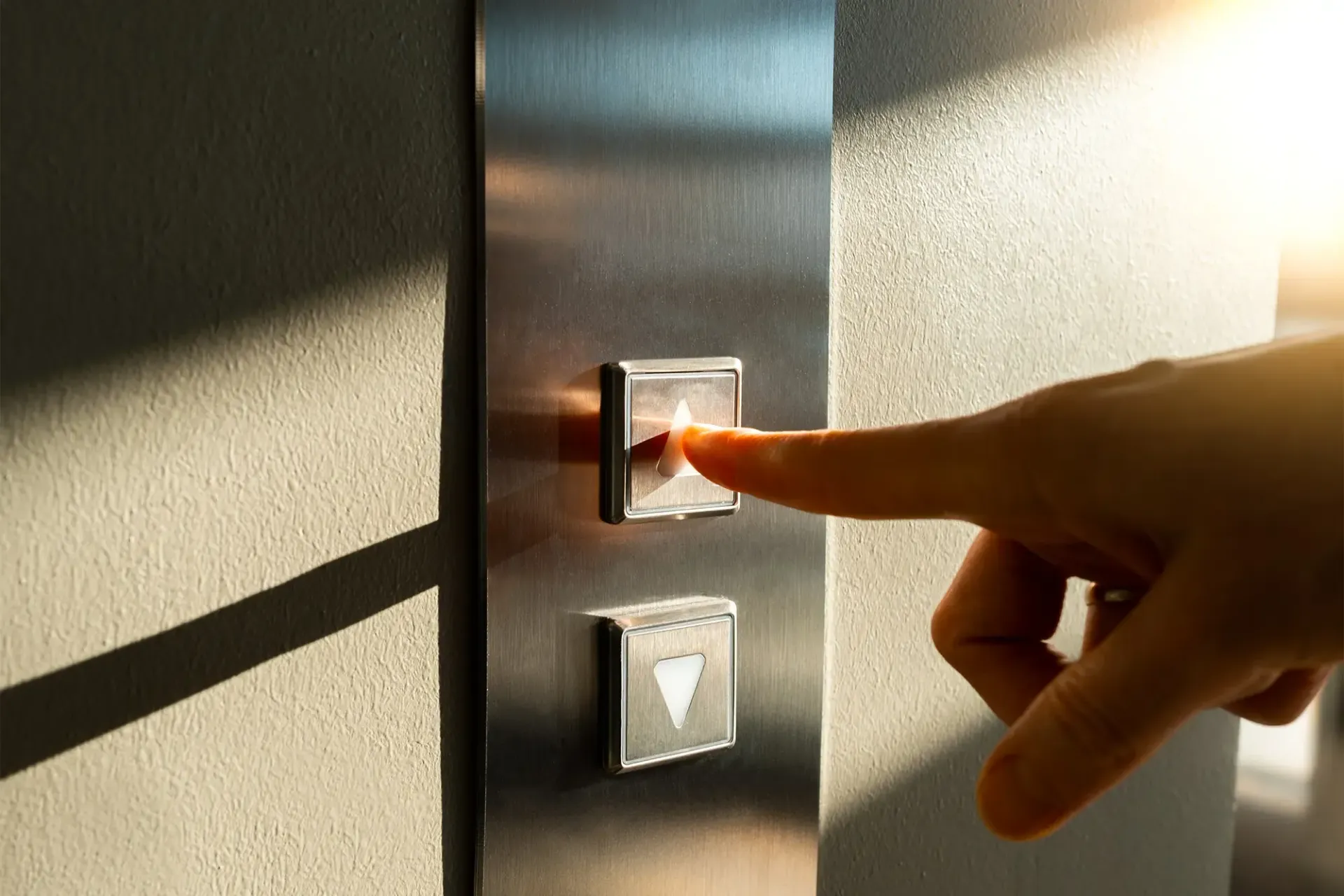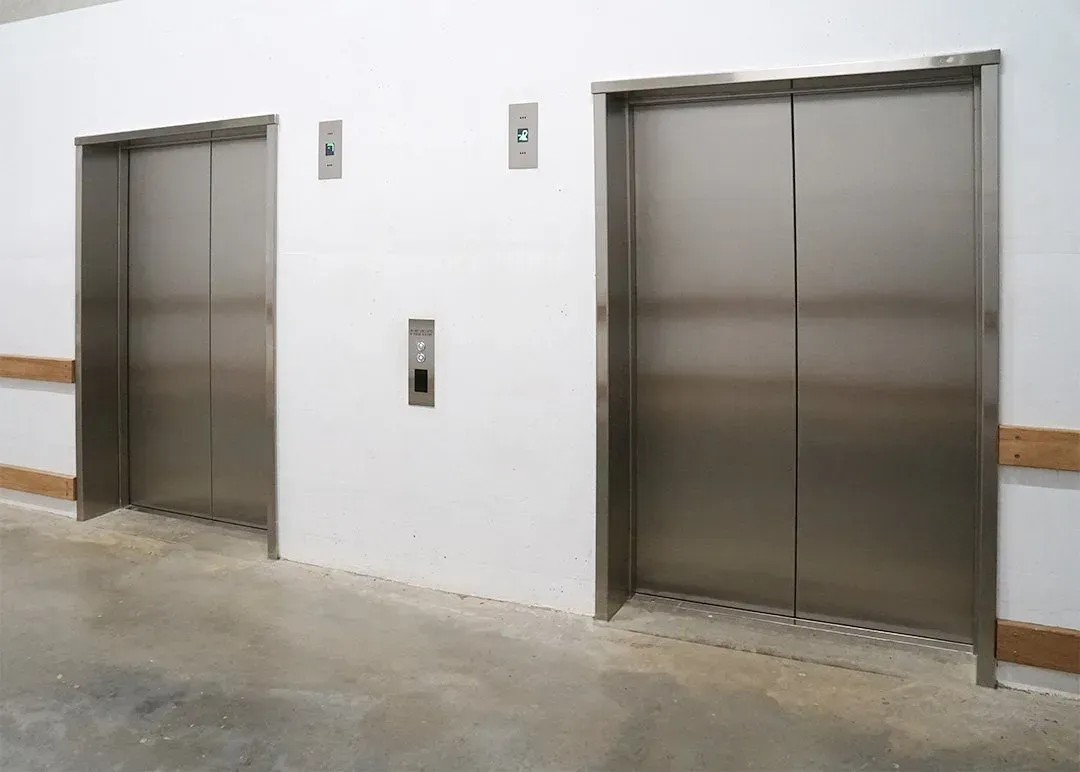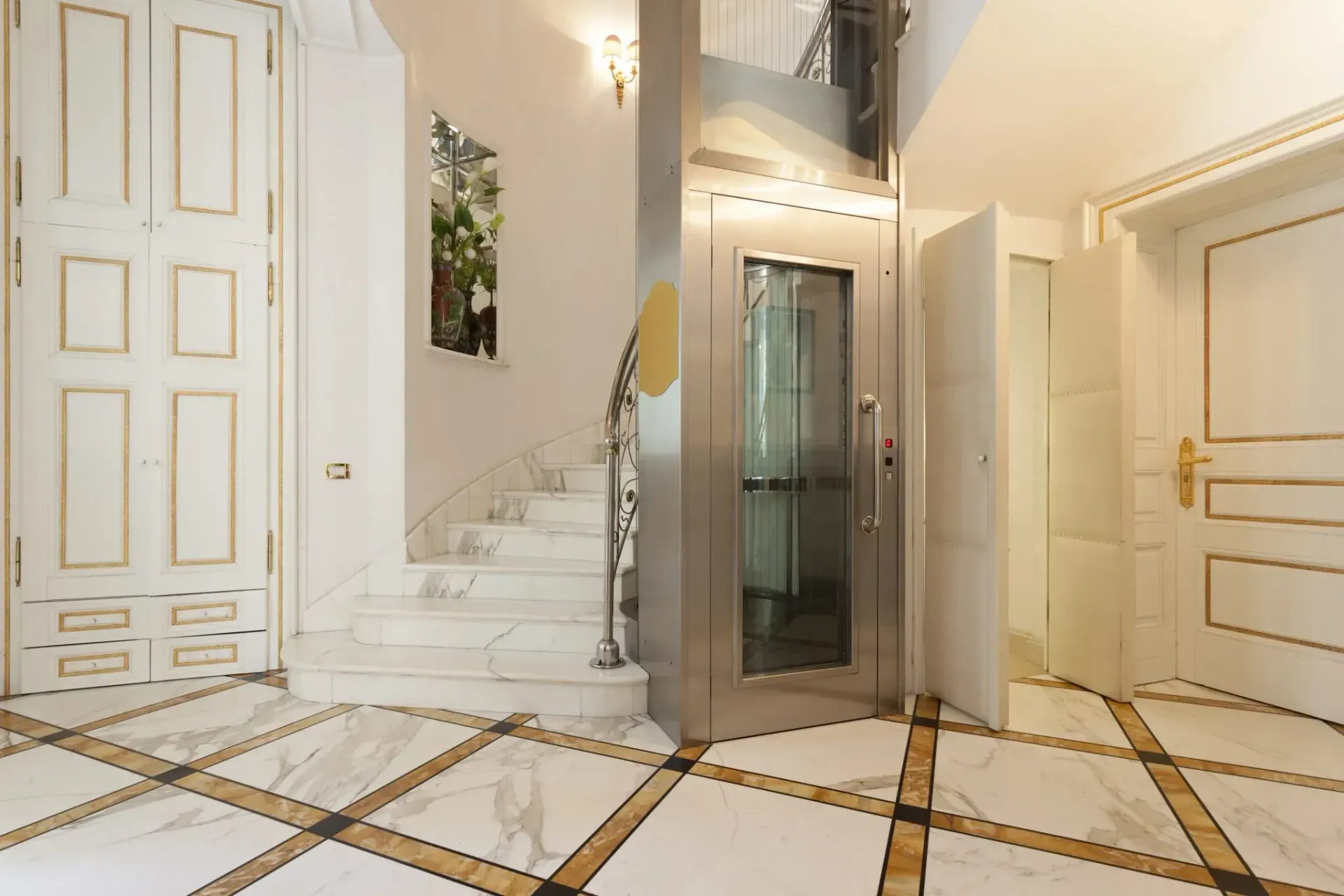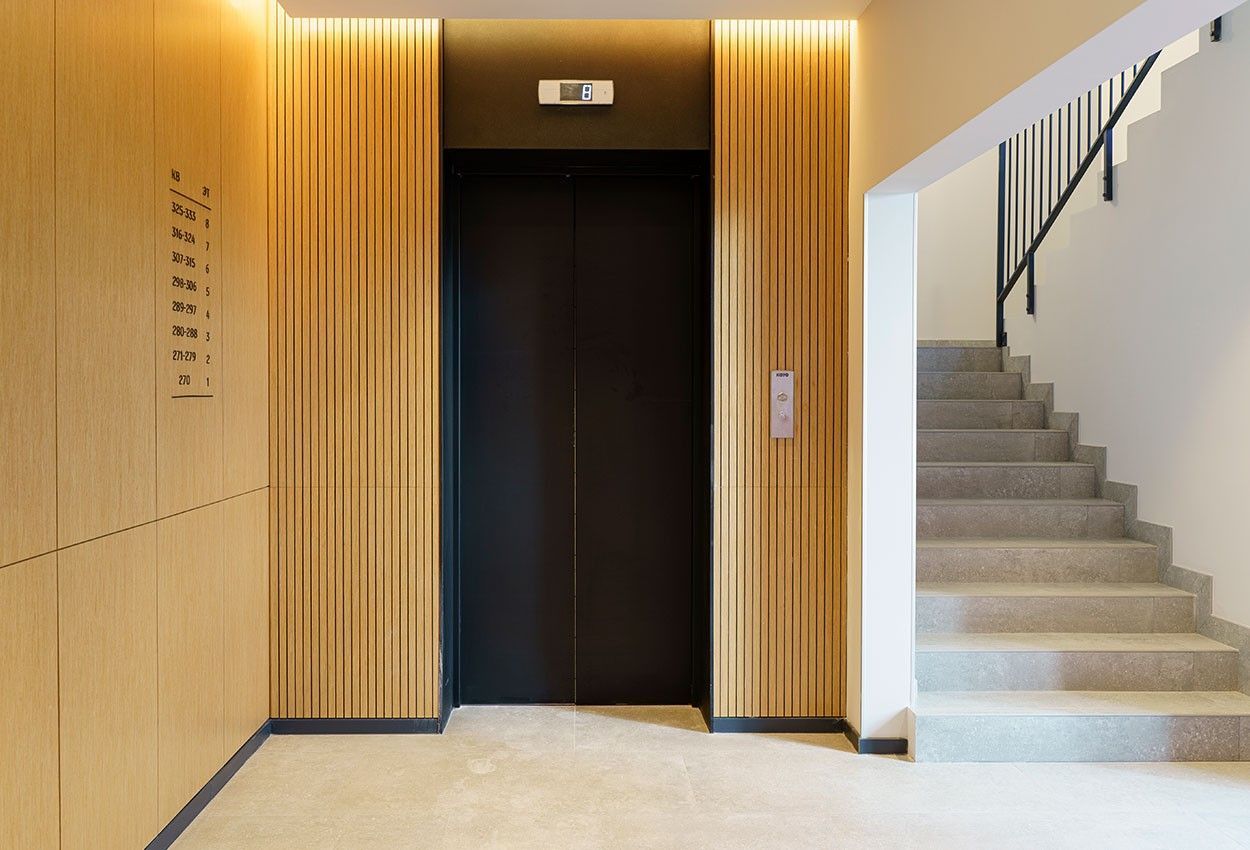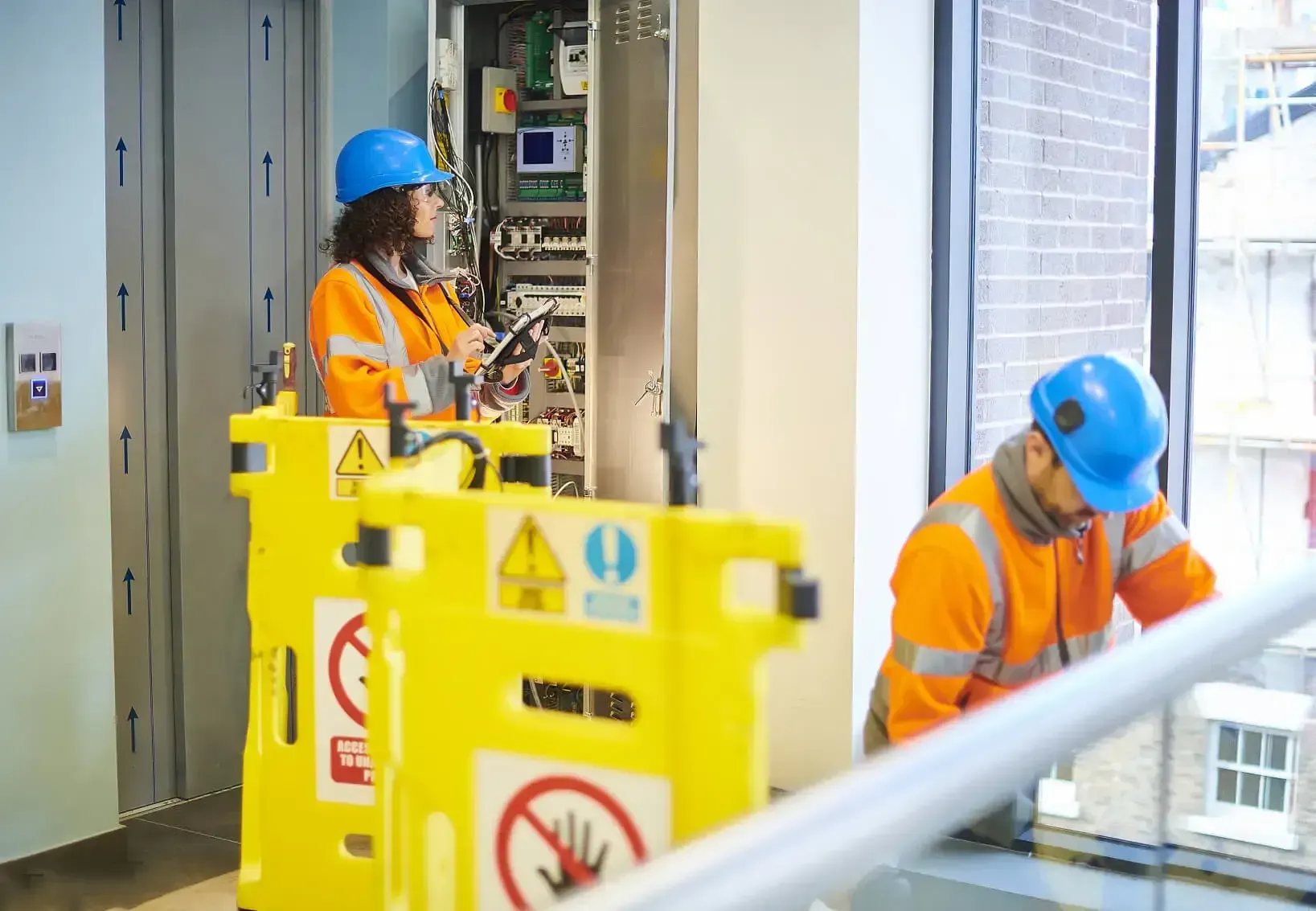Lift Maintenance Do’s and Don'ts
Lifts are everywhere nowadays. Whether it be your work office or a block of flats, it seems they’ve been a part of our lives forever. There was a time however when the stairs were a less common option and a 50-story building would've been more of a workout than anything else. Despite this, the actual concept of a lift is practically ancient. The first lift in the history books was built in 236 BC by Vitruvius, a Roman designer known for the three principles of Roman architecture (strength, utility and beauty). The lift Vitruvius built was a far cry from the lift in your flat though. Powered by horses and pulled with a hemp rope it's fair to say his creation was on the rudimentary side.
In 1000 AD a lift was used in battle for one of the first times when it raised a battering ram during an attack on a fortress in Spain. From here the lift continued to grow in popularity and by 1743 King Louis XV of France had a personal lift fitted in his Versailles palace. This is still considered a huge move forward and set the stage for the modern lift we see today. By 1800 the wheels of the industrial revolution were beginning to turn and once they did they just didn't stop rolling. Steam-powered lifts became the first upgrade in this era followed by the introduction of hydraulic-driven lifts early in the 19th century.
The industrial revolution also saw the introduction of leisure lifts such as the ascending room. Built by architects Burton and Horner in 1829 the tourist attraction was devised to give Londoners a different view of their beloved city. Despite the nature of Burton and Horner's invention, it remains one of the precursors to the modern-day lift. The next real step forward in lift technology was in 1854 when Elisha Otis invented the safety lift. The technology meant that if the cable snapped the lift could be prevented from falling down the shaft with the application of a safety break. Then, in 1870, The Equitable Life Building was the first in the world to host a passenger lift and ten years later Werner invented the electric lift.
The most recent addition to lift technology was in 2000 when the first vacuum lift became available to the public.
How do lifts work?
Lifts, like many modern-day appliances, have had many iterations and improvements since their conception in the industrial revolution, but how do they work?
Counterweights
Most hoists use counterweights, in essence, they improve the motors efficiency by taking strain off the mechanism when the lift is being pulled up. However, counterweights also reduce the stress on the cables which makes the entire system much safer.
Electric motor
The motor is the heart and soul of the lift system and helps lower the lift at a steady pace as well as raise the system up. Despite some lifts using hydraulic systems, the electric motor has been the preferred method for well over a hundred years.
Safety brake
Pioneered by Elisha Otis, the safety break really marked the beginning of the modern lift. This simple element essentially stops the lift from free-falling if any of the master components fail. If a cable did snap for example then a series of springs would trigger two bars called ‘pawls’ to lock into place beneath the lift. These ‘pawls’ have a series of upward-facing teeth, preventing the lift from ever falling down the shaft.
Speed governors
Ever wondered how the lift in your apartment always travels at the same steady speed no matter how full it is? Well, this is down to the speed governors. The speed-regulating system uses a flywheel and a series of springs to ensure the lift maintains a content pace.
Additional safety features
One other important safety feature to mention is backup cables. If the modern lift only had one master cable a failure would end in disaster. This is why all lift systems are fitted with several back-ups, meaning a cable could snap and the lift would remain safe.
Do not’s for elevator maintenance
Clearly then lifts nowadays are fairly safe systems and require far less maintenance and supervision than perhaps they once did. However, there are still some things you should do to ensure your lift is safe for use. First though, what shouldn't you do?
Do not self-complete maintenance repairs
From reading this blog I'm sure you’re pretty aware that lifts are complicated pieces of equipment. They have pulleys, motors, breaks and counterweights all of which require extremely accurate and expert maintenance. Lift engineers train for years before they can carry out inspections unsupervised so you should never attempt the work yourself. Maintenance on this scale is not a DIY job and should never be treated as such. After all, you're not only risking huge financial repercussions but you’re also risking lives.
Do not continue riding a lift with faults
Sometimes it's easy to ignore problems when they occur. Let’s be honest we’ve all ignored that dodgy light or a faulty tap. Lifts however are not something you should neglect. If you notice a problem stop using the lift and call a trained service to fix the issue. One small problem in a lift can easily evolve into one far more serious as everything is intrinsically connected. Therefore, you should never ignore an issue even if you are running late on a Monday morning. It’s easy to call and the sooner it's fixed the sooner you’re safe.
Do not allow customers or employees to keep riding the lift
So you’ve noticed a problem with your lift, called an expert as soon as possible and have stopped using it. The last major thing to avoid is allowing others to use the lift. Even if you do announce the issue and let people take the risk at their own discretion you are still responsible for any issues. The public can’t be expected to know anything about the functioning of a lift and therefore cannot make informed decisions about the risk level, besides no issue on a lift is worth risking.
Do not use industrial cleaners
Lifts, like many other complex systems, use a variety of different materials and many of these are susceptible to corrosion. Metal, for example, can quite easily suffer from corrosion if exposed to harsh cleaning chemicals. Therefore, you should never use strong substances to clean your lift as you risk compromising safety.
What you should do
Now you know what not to do when maintaining your lift, let's give you the lowdown on what you should do.
Complete regular checks
Lifts have been developed and improved for hundreds of years. Nowadays you can use your lift every day without ever seeing the workings of the machine, which makes it easy to forget that your lift needs to be checked. Maintenance checks are vital to ensure your system is completely safe and should be completed as regularly as possible.
Keep a log of the issues
Over its life your lift will likely experience a variety of minor issues that require professional attention. Let’s be honest, we’re human and it's easy to lose track of when we've had things fixed and why. Keeping a log will help remind you of the problems you’ve had sorted, meaning if you ever sell the building you can prove to the buyer the lift has been maintained professionally and is safe to use. A log will also be very useful for whoever fixes future issues with your lift. This way the engineer can understand whether any issues link to one another making a diagnosis much easier.
Dispose of any malfunctioning equipment
If you’ve had an issue with your lift resulting in the replacement of any equipment the first thing you should do is dispose of the replaced items. Having these components lying around is a huge risk that many people overlook. If an engineer comes to fix an issue with your lift in the future they could well mistake these items as new and re-fit them. By removing these items you can completely eliminate the chance of such a mistake.
Hire a professional company
As we’ve mentioned, lift maintenance is not something to be taken lightly. Not only are they complex procedures but they also affect the safety of all those who use the lift. You should therefore always use a trained professional to guarantee the job is done safely and professionally.
There you have it, your ‘do’s’ and ‘don'ts’ for lift maintenance! While fascinating there's no denying that lifts are a complicated business. With so much to consider it's vital that you get some help from trusted professionals. So, if you have an issue with your lift contact us today!
